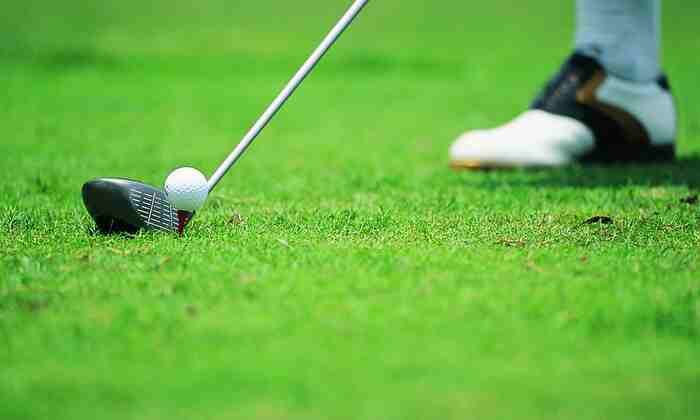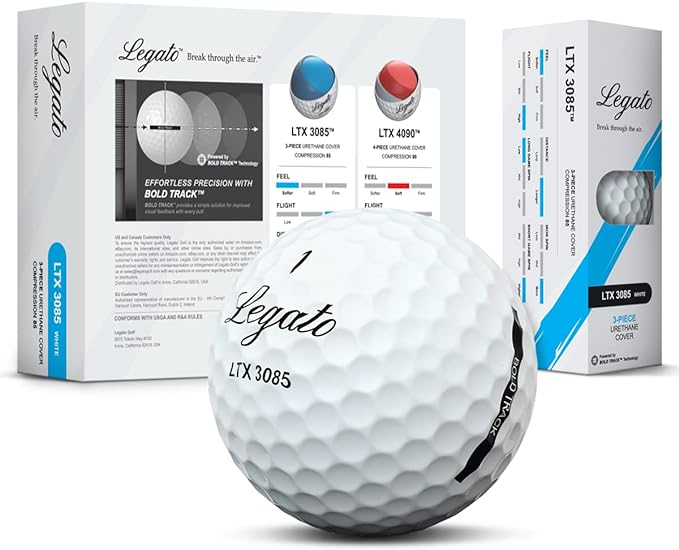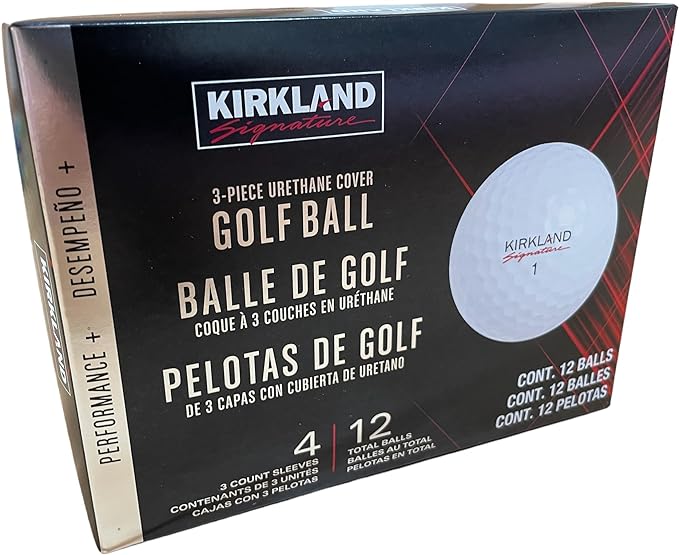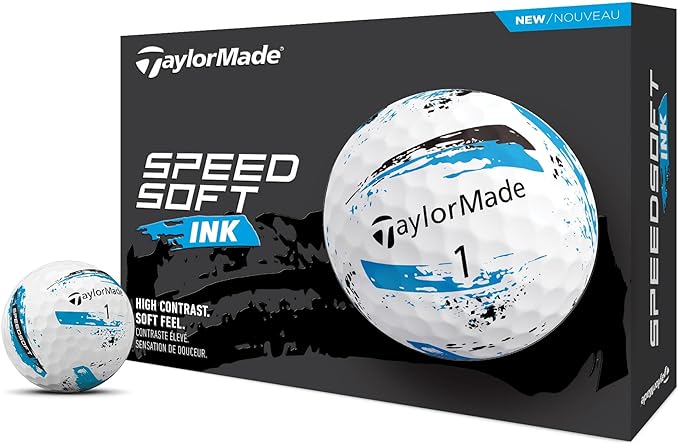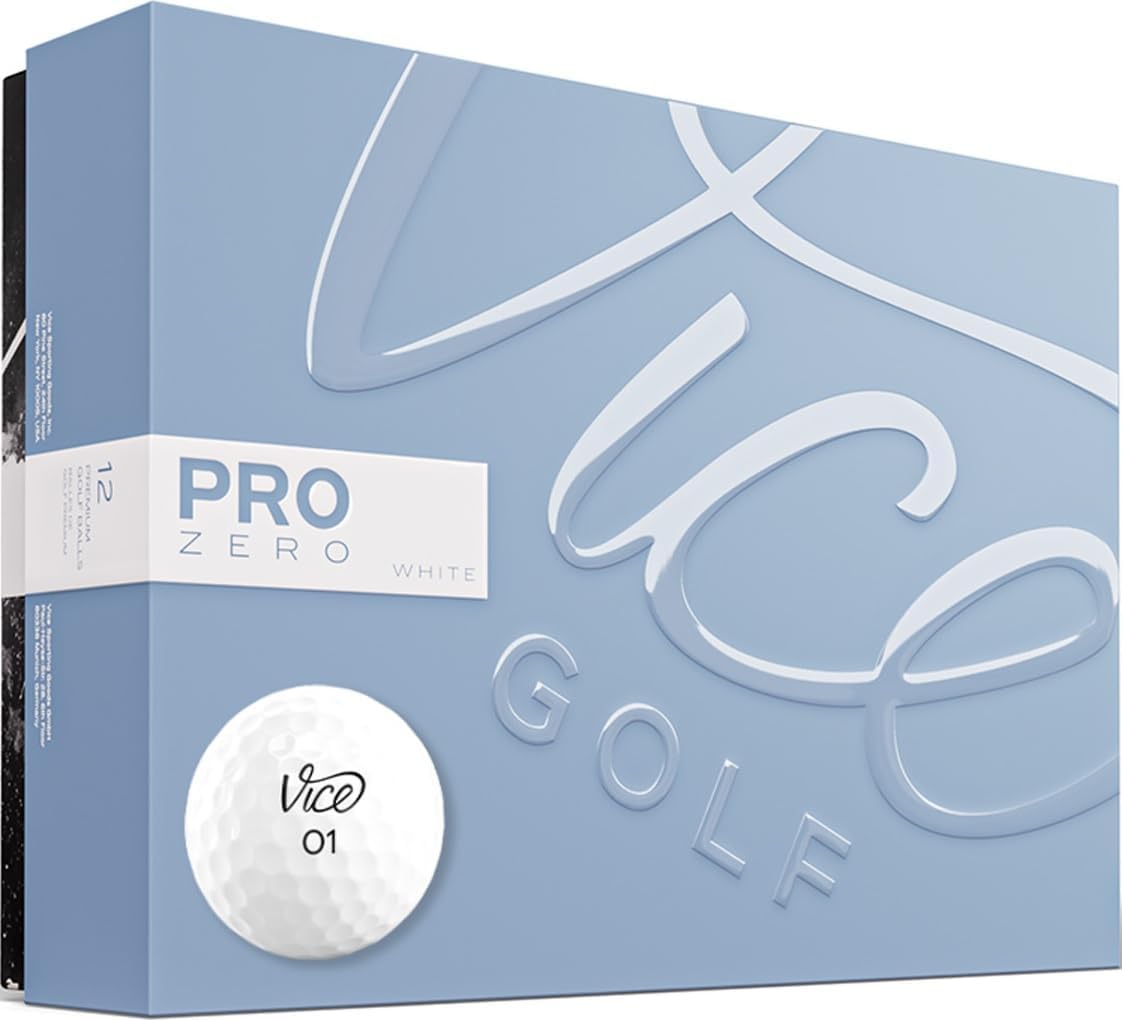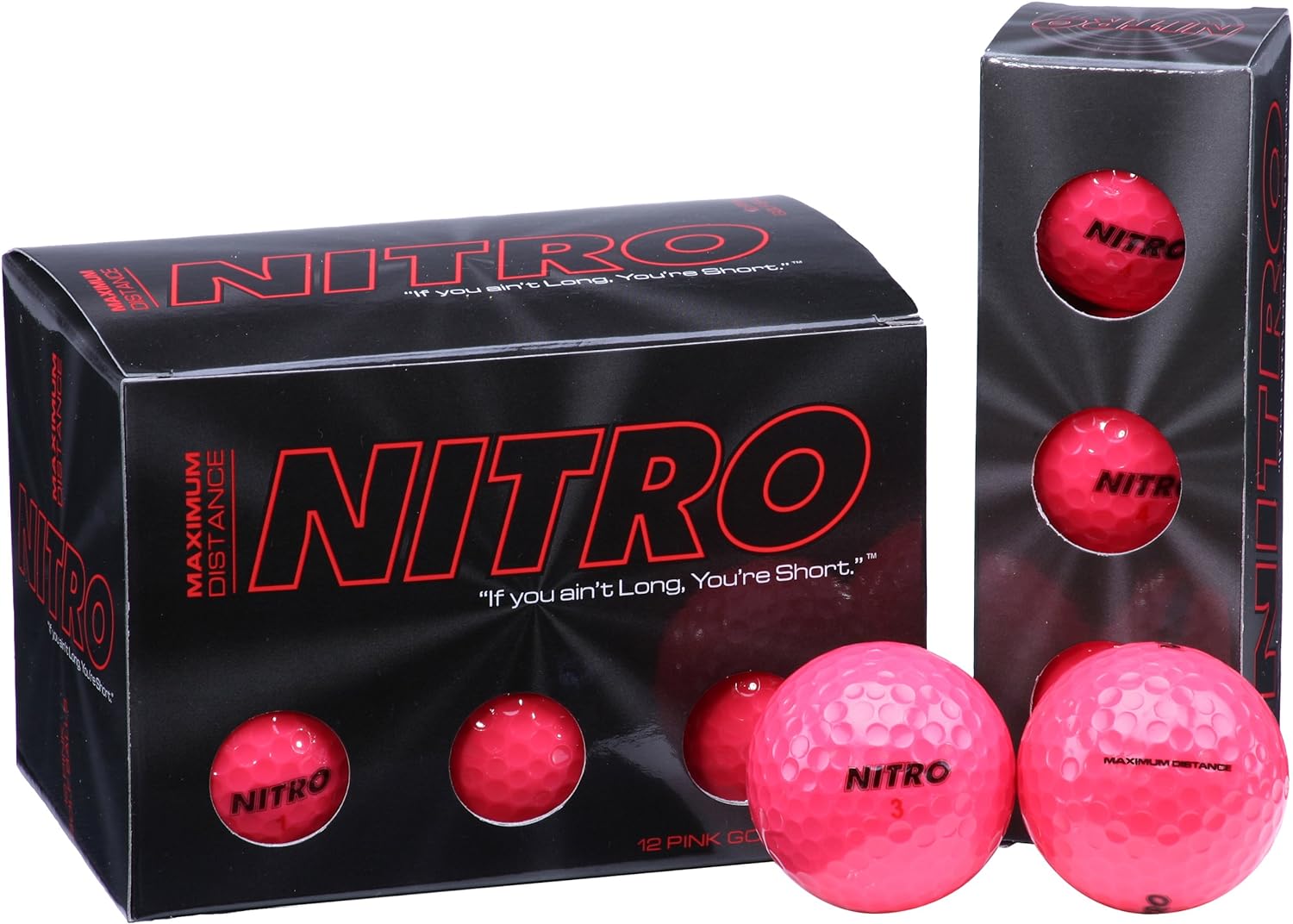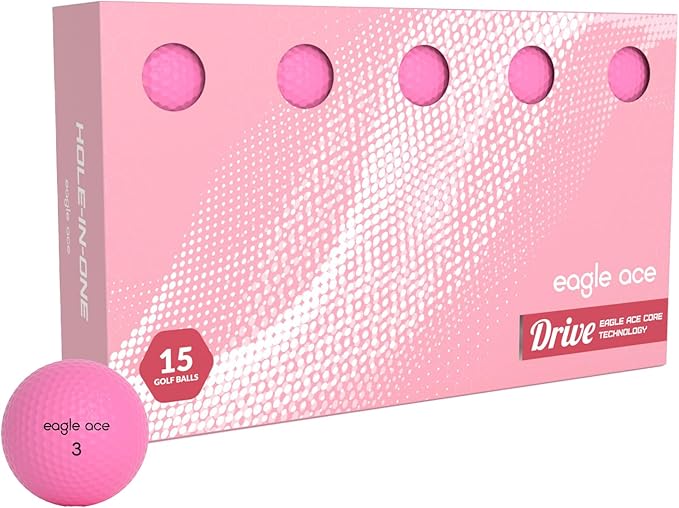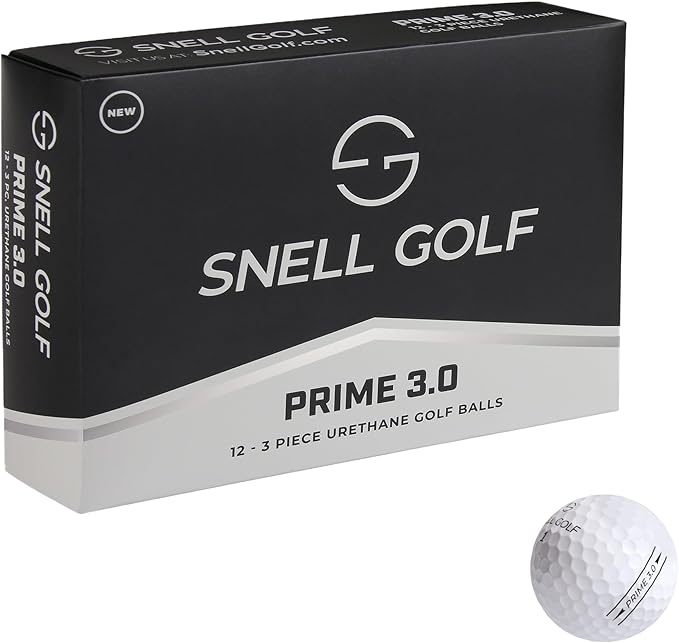This is a golf ball, the small white ball that every golf enthusiast hits at the driving range or on the golf course.
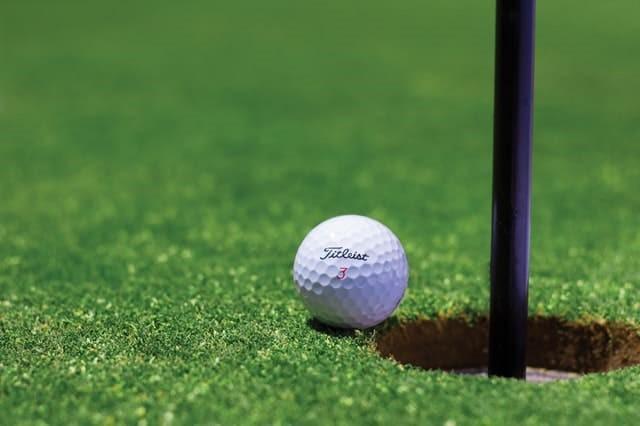
Are you curious about why golf balls are made of this material? Why are there dimples? Why do some people say that the ball on the driving range can’t be hit far? Is there any difference between this little white ball and the little white ball? How to choose the right little white ball?
The 2014 Masters was held at the Augusta National Golf Course in the United States. The 13th hole is a 510-yard par 5 hole. The normal attack route is to hit one shot on the right fairway, then hit one shot to the side of the bunker, and finally hit one shot on the green.

But Bubba Watson didn’t do that.

He used a driver to hit the left side of the fairway and landed in front of the green. He made a birdie on that hole and won the Masters Championship that year and wore the green jacket. He hit that driver 366 yards.
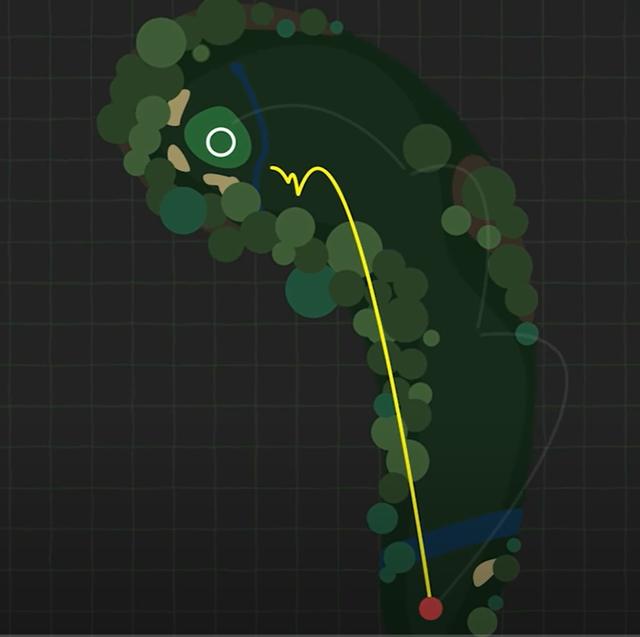
According to statistics from the PGA Tour’s official website, the average distance of the 100 players before the driver is 300 yards. By looking at the tee-off data over the years, we can see that players’ tee-off distances have increased significantly since the 1990s.
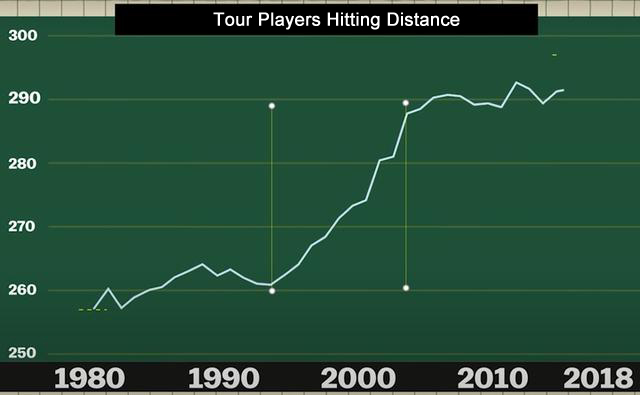
Why has the distance increased so much?
First of all, there are several factors that affect the distance of the shot: the player’s skills, the technological content of the club, and the golf course.
But all of these will eventually return to the ball, the key factor.
According to the current records, the earliest golf balls in the 14th century were made of wood.

Then, from 1486 to 1618, a kind of wool ball imported from the Netherlands was used. It was stuffed with cow hair and straw and sewn entirely by hand.
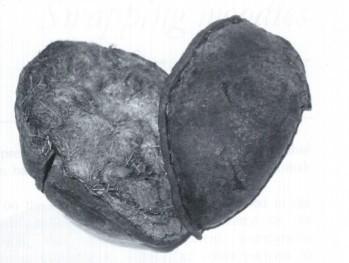
After 1618, a type of feather golf ball began to be used. It was very similar to a wool ball, but was stuffed with goose or chicken feathers and sewn with leather. This type of ball was also very expensive.

In 1848, a ball called Gutta Ball was invented. It was made by boiling the juice of a Malaysian ginseng fruit tree, shaping it and cooling it. This ball was rounder, harder and cheaper. Most importantly, people began to find that the Gutta Ball with marks on it could be hit farther than the smooth Gutta Ball. As a result, people began to think about the relationship between the marks on the surface of the ball and the hitting distance, and it gradually evolved into a ball with marks on it.
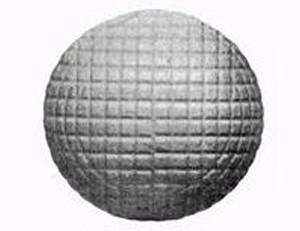
In 1898, a golf ball was invented that had a rubber outer layer and solid or liquid filling inside. Later, dimples were introduced to help increase flight distance, resulting in the current appearance of the golf ball.
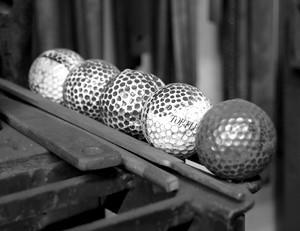
But here’s the thing, golf balls with pits were invented in 1898, but that doesn’t explain the significant improvement in hitting distance in later years.

This change comes from Titleist’s ProV1.

This ball looks like any other ball, the same round shape, the same surface full of pits.
The key lies in the core.
In the early days, golf balls only had one layer, or the core and the surface were filled with liquid, but if you look at the core of the ProV1, you can see something different, a solid core containing multiple metals.
A single-layer, all-solid ball can be hit far, but not with accuracy; a double-layer ball is softer and can control accuracy, but will lose distance.

But the multi-layer ball offers the perfect balance of distance and accuracy.
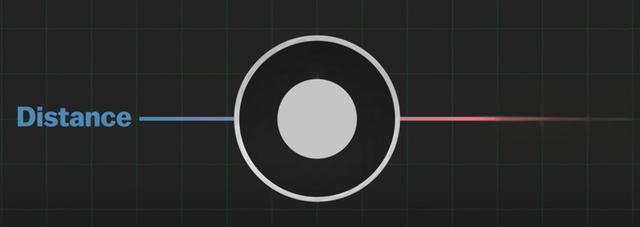
After the multi-layer ball was invented in 2000, almost all golfers used multi-layer balls. It was during this period that the players’ hitting distance increased rapidly.
This also explains why the balls from the driving range cannot be taken to the golf course, because they are seriously short and unstable.
Why Do Golf Balls Have Dimples?
First, let’s take a brief look at the standard specifications of golf balls. The diameter of a golf ball must not be less than 42.26mm, and the weight must not exceed 45.93g. Did you know that there are as many as 336 grooves on a standard golf ball, and the average diameter of each groove is less than or equal to 5mm, and the average depth of the groove is precisely controlled at 0.25mm.
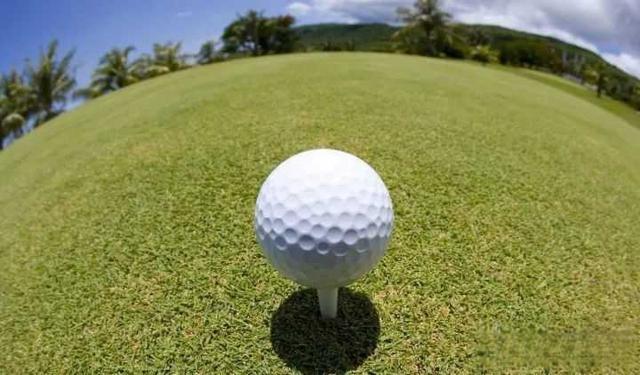
You might think, wouldn’t a ball without dimples be easier to push? After all, the surface of the ball is so smooth. However, this is not the case. Imagine if you use a driver to hit a completely smooth ball, the result will be surprising. We will not delve into the complex principles of aerodynamics and fluid mechanics here, but to give a simple example, when a ball with dimples is hit hard, it will generate rotation due to friction with the air. This rotation allows the ball to climb like an airplane, while a smooth ball cannot do this. The stability brought by rotation is like the bullet fired from an early pistol without rifling, which can easily be blown back by the wind and hit itself. So, although it looks “strange”, dimples are essential to golf balls.
The dimples on a golf ball are actually the result of natural selection. Originally, golf balls were also smooth, but as time went on, golfers found that those old golf balls with grooves seemed to fly farther. So, after continuous evolution and improvement, the golf balls we see now all have dimples. In this process, aerodynamic experts also played a pivotal role.
Around an object, the flow state is mainly divided into two types: laminar flow and turbulent flow. Laminar flow has less resistance to the object at the beginning, but it is more likely to cause fluid separation. Once separation occurs, the resistance will increase further due to the formation of vortices. Although turbulent flow has greater initial resistance, it is less likely to cause fluid separation, and the separation point is further back. In order to reduce resistance, we prefer turbulent flow. The dimple design on the golf ball is precisely to convert the surrounding airflow into turbulent flow, thereby reducing resistance and allowing the ball to fly farther.


The two pictures above are from the textbook of fluid mechanics expert Frank White, showing schematic diagrams and experimental diagrams of laminar flow and turbulent flow respectively. It can be clearly seen from the picture that the fluid separation point of turbulent flow is further back than that of laminar flow, and its drag coefficient CD is also smaller.
So, what is the difference between the airflow changes on the surface of a smooth ball and the surface of a grooved ball?
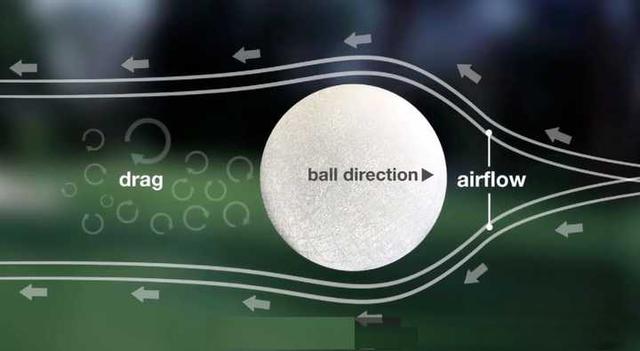
When air flows over the surface of a smooth ball, the turbulent boundary layer is prone to flow separation, and a low-pressure area is formed behind the ball. Under the action of the pressure gradient, the ball obtains a large reverse acceleration, causing it to decelerate rapidly.
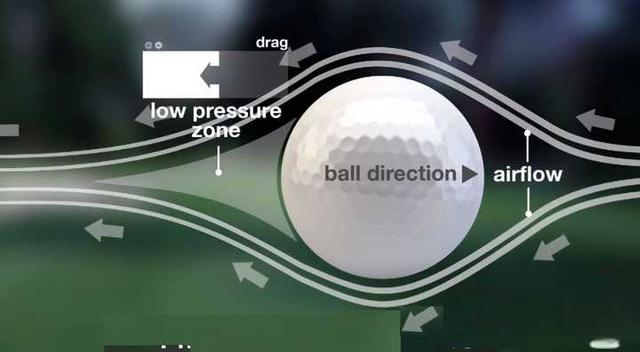
When the airflow flows over the surface of the grooved ball, a series of small vortices will be generated near the pits. The suction generated by these vortices draws fluid molecules towards the surface of the sphere, forcing laminar flow to turn into turbulent flow. Under the turbulent flow state, there is strong mixing and doping between each fluid microcluster, and there is not only movement in the direction of the mainstream, but also movement perpendicular to the mainstream. This temporally disordered and statistically ordered flow characteristic makes the vortex area formed behind the grooved ball much smaller than that of a smooth ball, thereby significantly reducing flight resistance.
How To Choice Golf Balls?Common Categories Of Golf Balls
Golf balls come in various types, and I can choose one based on my skill level, preferences, and the kind of performance I want on the course. Here are the main categories:
1.Structure-wise:
- One-Piece Balls: These are simple, made from solid rubber or plastic, and coated with paint. I might use them for practice because they’re cost-effective, but they don’t offer the best performance or durability.
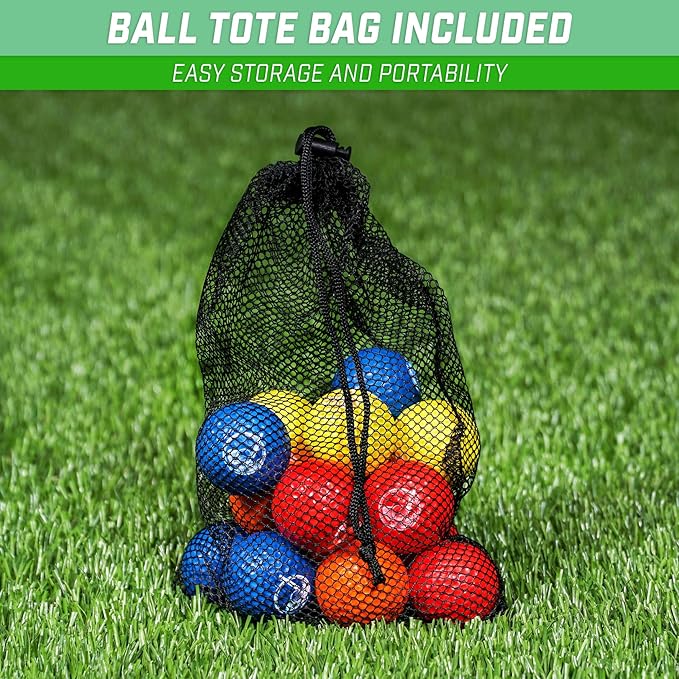
GoSports Foam Golf Practice Balls Realistic Feel and Limited Flight Use Indoors or Outdoors
- Two-Piece Balls: These have a solid core and a harder cover. They’re common on golf courses and provide good distance. While they might not offer the same level of control as other types, they’re suitable for players who prioritize distance.
- Three-Piece Balls: These have a liquid or gel center, a rubber layer, and a soft cover. They offer better control and feel, especially for more skilled players who want to manipulate the ball’s spin and trajectory.
- Multi-Layer Balls: These can have four, five, or even six layers. They’re designed to optimize performance for different types of shots. They’re softer on the outside for better control and have a high-energy core for increased distance. However, they’re also the most expensive.

2.Performance-wise:
- Spin Balls: If I want to put more emphasis on control and manipulating the ball’s spin, I’d choose a spin ball. They’re great for creating different ball trajectories and stopping the ball quickly on the green.
- Distance Balls: For maximizing distance off the tee or with my longer clubs, I’d opt for a distance ball. They’re designed to fly farther and maintain their integrity over multiple shots.

3.Hardness-wise:
- Soft Balls (Compression 70): As a beginner or a high-handicap player, I might prefer a softer ball because it’s easier to control and offers better feel around the greens.
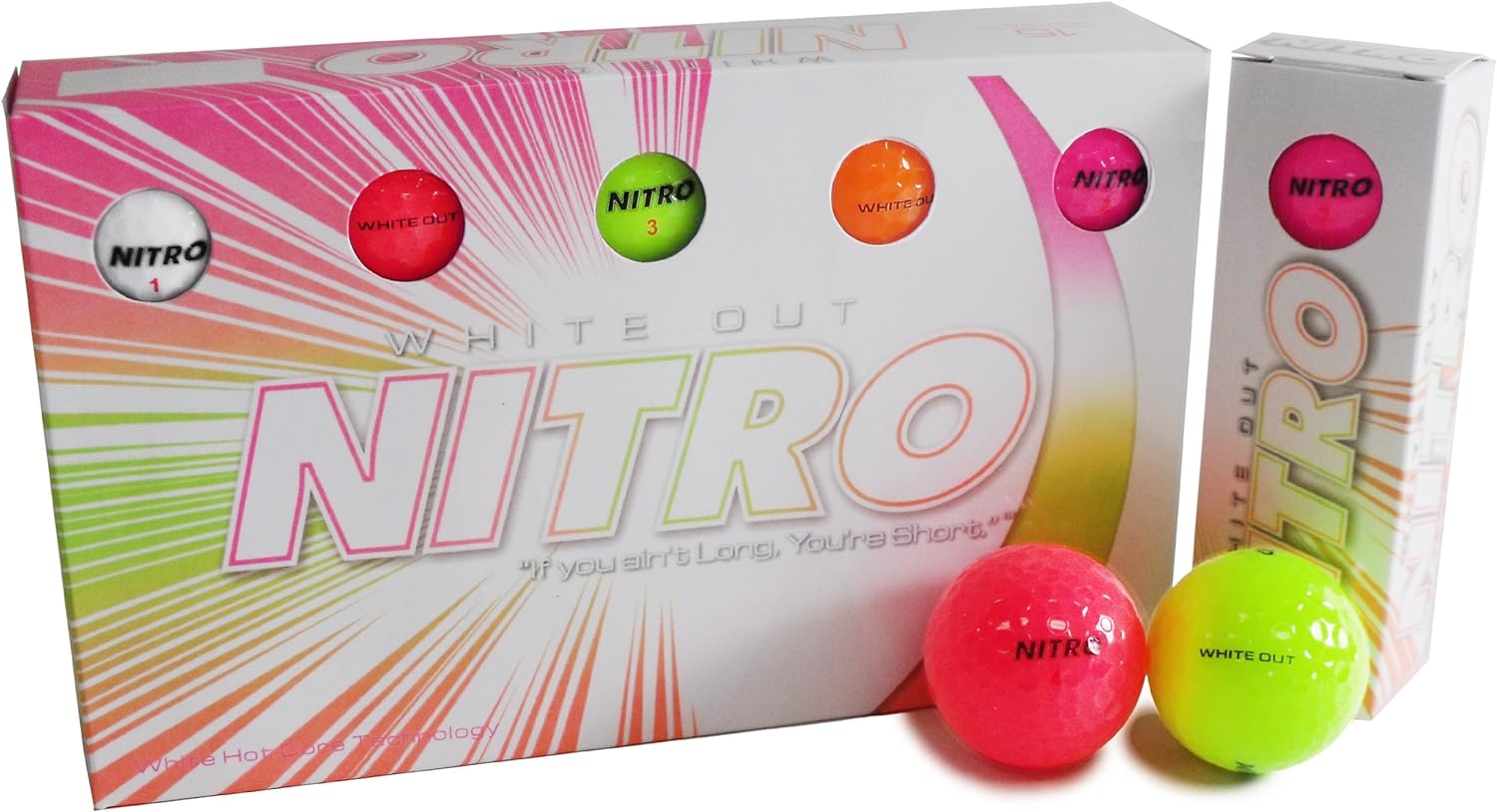
Nitro White Out 70 Compression High Velocity White Hot Core Long Distance Golf Balls USGA Approved
- Medium Balls (Compression 80-90): If I’m an intermediate player looking for a balance between distance and control, I’d choose a medium-hardness ball.
- Hard Balls (Compression 90-105): As a skilled player, I might go for a harder ball because it can travel longer distances when hit with force. However, it requires more precise striking to maintain control.
What are the maintenance methods for golf balls?
The maintenance of golf balls mainly includes keeping them dry, clean and storing them. After playing on the course, clean the dirt on the surface and body of the ball in time and keep them dry. When storing, you can choose a suitable golf bag or box to keep it ventilated and dry to avoid moisture or damage. In addition, avoid exposing golf balls to high temperatures or sunlight to avoid affecting the performance and life of the ball.

How long is the service life of a golf ball?

The service life of a golf ball generally depends on the frequency of personal use, the conditions of the course and the material of the ball. Generally speaking, golfers generally do not use more than 9 holes or 18 holes per game, which can extend the service life of the ball. In addition, the elasticity and strength of the ball will gradually weaken with time and use, so new balls need to be replaced regularly to maintain the performance and stability of the ball.

